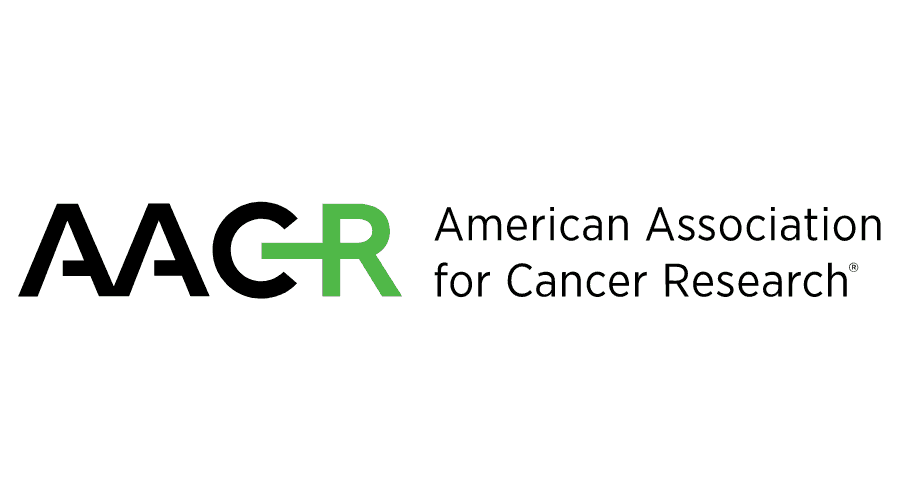Commentary
Article
Narrowing the Focus to Address Care Disparities: Dr Demetria Smith-Graziani
Author(s):
While it can seem overwhelming or difficult to decide where to start addressing racial and ethnic disparities in health care, the key is to focus on a manageable area that can be built upon.
Addressing racial and ethnic disparities health care, including those affecting patients with breast cancer, is an iterative process that necessitates collaboration between stakeholders.
Demetria Smith-Graziani, MD, MPH, Department of Hematology and Medical Oncology, Winship Cancer Institute

While it can seem overwhelming or difficult to decide where to start addressing disparities, the key is to focus on a manageable area that can be built upon, Demetria Smith-Graziani, MD, MPH, a board-certified medical oncologist and assistant professor in the Department of Hematology and Medical Oncology at Winship Cancer Institute of Emory University School of Medicine, told The American Journal of Managed Care® (AJMC®).
In part 1 of this interview, Smith-Graziani discussed biological and societal drivers of breast cancer disparities in the US. In part 2, she addresses disparities related to pain among Black patients and how disparities can be addressed at the provider and system levels. Smith-Graziani delivered a presentation on health equity in breast cancer at an AJMC Institute for Value-Based Medicine® event held in Atlanta, GA, hosted jointly by AJMC and Emory Winship Cancer Institute.
This transcript was lightly edited for clarity.
AJMC: Your presentation highlighted survivorship disparities, particularly related to worse pain among Black patients. What factors drive these disparities, and how might they be addressed?
Smith-Graziani: Pain is always complex, because part of the experience of pain is subjective and affected by psychological factors. But you know, there is also just the pain that exists from when you have a surgery—just a physical act of cutting through muscle, the inflammation that exists. However, across medicine, but also within the breast cancer space, we see that Black patients are more likely to report high levels of pain and less likely to have that pain controlled appropriately.
Now, there’s combination of factors here. One is the way that pain may be communicated, so the first question is, are the providers assessing for pain? Are they asking about it? Are they asking about it in the right way? And then, if they do ask about it, how is the patient mentioning it? What words are they using to describe it? There are some big qualitative studies that show that, especially in the setting of cancer, Black patients may be a little bit more stoic about the idea of cancer-related pain and see it as something that needs to be endured, so they may be less likely to bring up certain aspects about their pain. Also, we know that there are sometimes cultural differences in the words used to describe pain. If the words that a patient is using don't bring up a red flag for a provider in the same way that another word would, that's also a missed opportunity.
On top of that, there is provider bias. We know that there are differences in the prescription of opioid medications by race. We know that there are longstanding misconceptions about how Black people experience pain. There was a study out of the University of Virginia in 2016 where they surveyed White laypeople and White medical students and residents, and the survey asked to what extent they believed inaccurate statements, such as that Black people have less nerve endings compared to White people. On top of that, they gave them scenarios of different patients. The patients would have all the same clinical factors, but the difference would be their race, and they asked them to rate their pain. And for the medical students and residents, they then asked them how they would treat that pain. What they found was among White laypersons, a large majority—about 70%—had held at least 1 of these misconceptions about pain in Black people compared to White people. Those who held those misconceptions were more likely to rate the hypothetical Black patient’s pain as lower compared to the White person. Similarly, over half of the White medical students and residents held at least 1 of these beliefs. And these are people that are in training, right? It also correlated with rating of Black patients’ pain lower and not giving them the appropriate treatment.
We have so many different factors, and then the other part, of course, becomes access to care in the first place. Are you even getting there to talk to your doctor, and can you afford the medication that they recommend? All of those things come into play, so you can see that there are multiple areas where we could affect change.
AJMC: What are some interventions that can help achieve greater health equity for patients at the practice level and the system level?
Smith-Graziani: I think what happens a lot is that when we describe all of these issues, it's easy to get overwhelmed and say, “Well, where do I even start?” because there is an interconnectedness with all of these.
I have an MPH in epidemiology, so I think about the public health model, that socioecological model as a framework, right? You can see the effect of someone's health on the individual level or the individual factors, like their knowledge of their disease or certain beliefs that they hold. And you can then zoom out to what's happening on an interpersonal level—between the patient and their provider, other people, their family, their friends, their community—and then zoom out to what's happening in that health care system, what's happening in the community in which they live. And the highest level is what's happening on the national or state policy level. You can pick any of those levels to really focus on, it's not that you have to do everything. It's going to require multilevel interventions to move the needle significantly, but you can focus on 1 of those areas and someone else is focusing on another. It really is what we call an iterative process.
Robert Wood Johnson Foundation has some great materials about advancing health equity, and what they talk about is that health equity is the outcome of people having the opportunity to have their disease treated, to be free from disease, and having an equal opportunity in that way. But it's also that process of eliminating those disparities. To do that, you really have to pick 1 thing you want to focus on in that cycle, set some attainable goals, and figure out how you're going to measure success in that area. What is the improvement you would like to see over what period of time, and how are we going to measure that? Make sure to involve the people whose lives you're trying to improve early in the process. Get stakeholders from the community that you're serving early on, when you're developing the project, and then also involve them in the evaluation of the intervention afterwards. Ask things like, “How well did that work? Was it more difficult? Is this something practical? Would you actually do this?” Make those adjustments and try it again. It is really an iterative process of continuing to tweak things.
As an example, I have a study that will be starting to enroll soon, where I am looking at the use of either in-person acupuncture or virtually guided acupressure sessions to help prevent the joint pain that can occur when people with hormone receptor–positive breast cancer are taking antiestrogen medications. I'm focusing specifically on Black women, because we have data showing that acupuncture can help improve that joint pain. We're trying to see if we can use it to prevent the joint pain if we start at the time we start the medication. But also, the use of acupuncture, while has increased in the US overall, has not increased as much among Black women. Part of that may be just knowledge about the treatment. But also, if we're thinking about those barriers to care, you need to do it at least twice a week for multiple weeks for acupuncture to be effective. What we're trying to do to see if we can help with some of those barriers, like the transportation barriers. Can we help subsidize those costs, or is it the issue of time off work that we need to address? And, if we can do it virtually instead, would we be helping to minimize some of that burden?
At the end of this study, we'll be doing a focus group with the people who completed the interventions, just to see how effective this was. This is just a pilot, and depending on the results we get and feedback we hear, we will make adjustments that will allow some of this on a larger scale.
That's just 1 part of the many things that affect disparities, but it's okay to focus on 1 thing, figure out how to do it well, and then partner with others who are working in other areas to hopefully move the needle.




